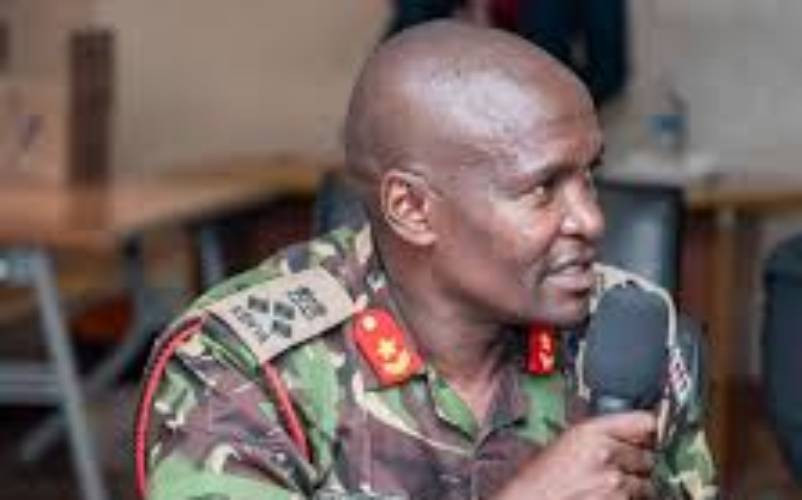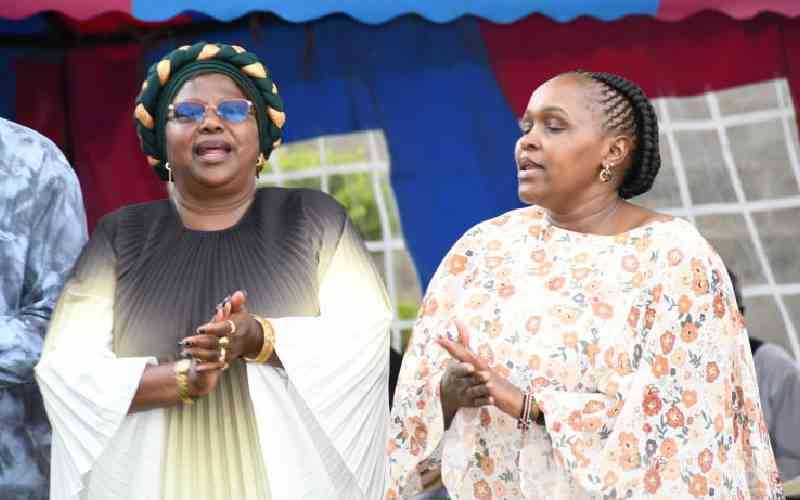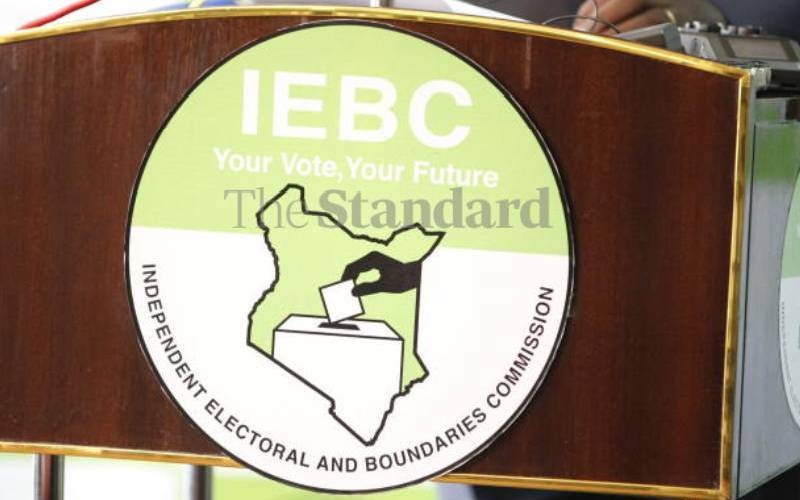In a world where businesses continue to adapt to changing times, commuter rail has become an integrated part of most countries’ transport networks. Besides enabling urban expansion, these heavy rail systems have far-reaching economic ramifications as commuters move easily from one point to another in various nation-building activities. To improve customer experience, major cities such as London, New York and Paris use these services to connect with more compact systems, like metro and light rail networks.
The world over, government policy of increasing capacity is directly addressing many of the problems commuters are experiencing. In China, for instance, the commuter train is usually run for railway staff to commute or consult their doctor, but also takes their children to school and brings them back in some areas.
In its quest to reduce congestions and carbon emissions, China has in the recent past announced scientific breakthroughs and newadvanced projects to power and add intelligence to its transportation system. These include battery-powered electric buses connected together into autonomous self-guiding unit trains. Several compartments can be added to such unit trains to accommodate up to 300 passengers or more.
Similarly, in the United Kingdom, according to the Office of Rail and Road, rail passenger journeys in Great Britain in the first quarter of 2018-19 increased to 429 million (3.1 per cent rise compared to 2017-18).
This was driven by a 3.5 per cent increase in the London and South East sector. The number of journeys for the 12 months to June 2018 was 1.72 billion, the highest since the 1950s.
With these global developments, Kenya cannot afford to be left behind. In line with its Strategic Plan 2017-2022 on moving commuter passengers, the Kenya Railways Corporation (KR) is complying with a Cabinet decision to acquire modern and efficient refurbished Diesel Multiple Units (DMUs) for use in the Nairobi Commuter Rail (NCR). Through funding from the World Bank, KR undertook a study on the Commuter Rail Masterplan within Nairobi Metropolitan region. The findings informed the Cabinet decision that is being implemented.
NCR is a project that aims to carry out modernisation and expansion of underutilised railway transport infrastructure facilities within Nairobi to attract passenger traffic from the roads, thus reducing congestion and creating an efficient and affordable mass rapid transit transport system for the city. It will also integrate rail transport with other modes of transport, namely road and air. This is also in tandem with the ongoing Government efforts to decongest the Nairobi CBD.
The project’s objectives are to modernise approximately 150 kilometres of track and infrastructure on four major routes radiating from the Central Business District, introduce modern rolling stock, develop a new 6.5km railway line to Jomo Kenyatta International Airport and provide safe, reliable and affordable services. The NCR intends to increase the number of train commuter users from the current 300,000 to three million a month.
Attractive returns
Being a public-private partnership, the project will ensure attractive returns on investment. Key project drivers include the fact that Nairobi is the largest city in Kenya and a major transit point in the East African region, with the number of daily commuters estimated at three million people per day out of the seven million Kenyans who come to the city daily.
Besides the economic benefits outlined above, the project will also provide dependable transport services for Nairobi residents. It will also create new opportunities for employment and housing for all its users, including lower income residents. The project has already undergone a feasibility study defining the scope, technical details and development structure, and is now at implementation stage.
It is noteworthy that the Cabinet directed purchase of 11 DMUs, which are being procured through a government to government arrangement.
The benefits of DMUs cannot be overstated. They are double train cars but can be marshalled to have triple units or, better still, marshal double and triple train units as dictated by the demand based on passenger numbers.
A double train car unit can ferry 300 passengers (seated and standing). A triple unit would transport 450 passengers while marshalling two DMU units would double the numbers.
To ensure value for money and smooth running of the NCR, Kenya Railways will adopt global best practices to ensure Kenya conforms to safety standards.
Stay informed. Subscribe to our newsletter
- The writer is the acting Managing Director, Kenya Railways Corporation
 The Standard Group Plc is a
multi-media organization with investments in media platforms spanning newspaper
print operations, television, radio broadcasting, digital and online services. The
Standard Group is recognized as a leading multi-media house in Kenya with a key
influence in matters of national and international interest.
The Standard Group Plc is a
multi-media organization with investments in media platforms spanning newspaper
print operations, television, radio broadcasting, digital and online services. The
Standard Group is recognized as a leading multi-media house in Kenya with a key
influence in matters of national and international interest.
 The Standard Group Plc is a
multi-media organization with investments in media platforms spanning newspaper
print operations, television, radio broadcasting, digital and online services. The
Standard Group is recognized as a leading multi-media house in Kenya with a key
influence in matters of national and international interest.
The Standard Group Plc is a
multi-media organization with investments in media platforms spanning newspaper
print operations, television, radio broadcasting, digital and online services. The
Standard Group is recognized as a leading multi-media house in Kenya with a key
influence in matters of national and international interest.








